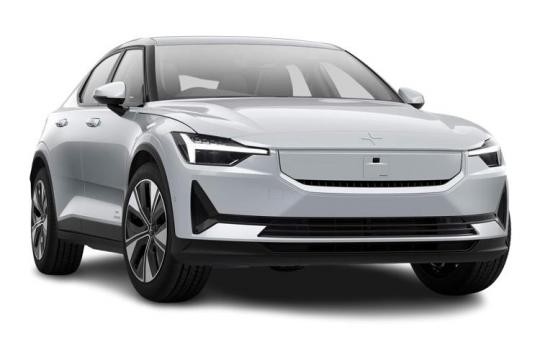

Search Filters


Our Polestar 2 Lease Deals.

From
£488.75 inc VAT
Initial rental: £4,398.73 inc VAT
48 months, 10000 annual mileage,
RRP Value £43,950.00 inc. VAT

From
£523.37 inc VAT
Initial rental: £4,710.31 inc VAT
48 months, 10000 annual mileage,
RRP Value £47,950.00 inc. VAT

From
£567.00 inc VAT
Initial rental: £5,103.00 inc VAT
48 months, 10000 annual mileage,
RRP Value £51,950.00 inc. VAT

From
£407.29 exc VAT
Initial rental: £3,665.61 exc VAT
48 months, 10000 annual mileage,
P11D £44,895.00

From
£436.14 exc VAT
Initial rental: £3,925.26 exc VAT
48 months, 10000 annual mileage,
P11D £48,895.00

From
£472.50 exc VAT
Initial rental: £4,252.50 exc VAT
48 months, 10000 annual mileage,
P11D £52,895.00
Vehicle Showroom
You need to have an account to add vehicles to your showroom. Click the button below to login or to create a new account.
Register or Log In